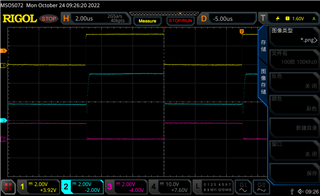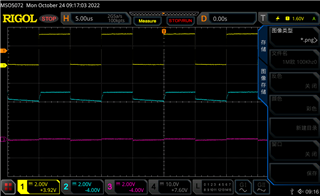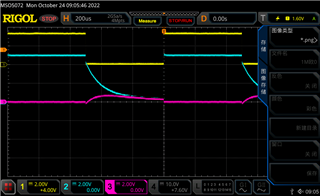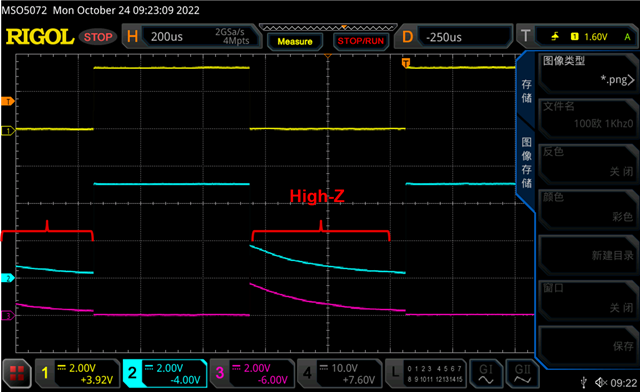Hi team,
Here's an issue from the customer may need your help:
During the test, the motor was replaced with a resistive load. When the input PWM was low, the OUT1 and OUT2 voltages could not be attributed to 0 V.
For example, when VM input 5 V, everything is normal with motor; PWM is low for IN1 with resistive load, OUT1=2V and OUT2=3V. The customer wonders if this is due to the internal structure. Thanks.
Best Regards,
Cherry








